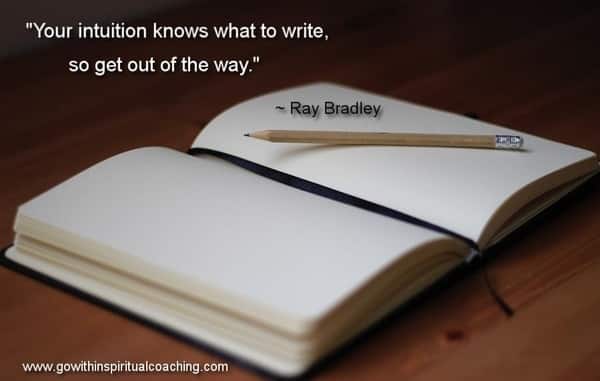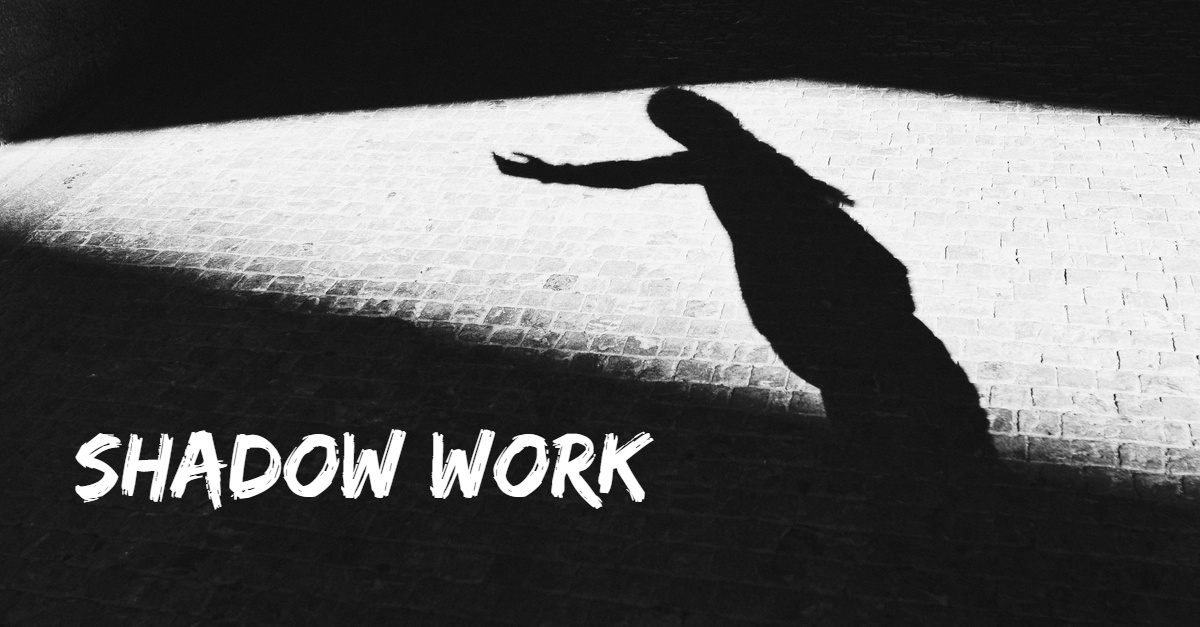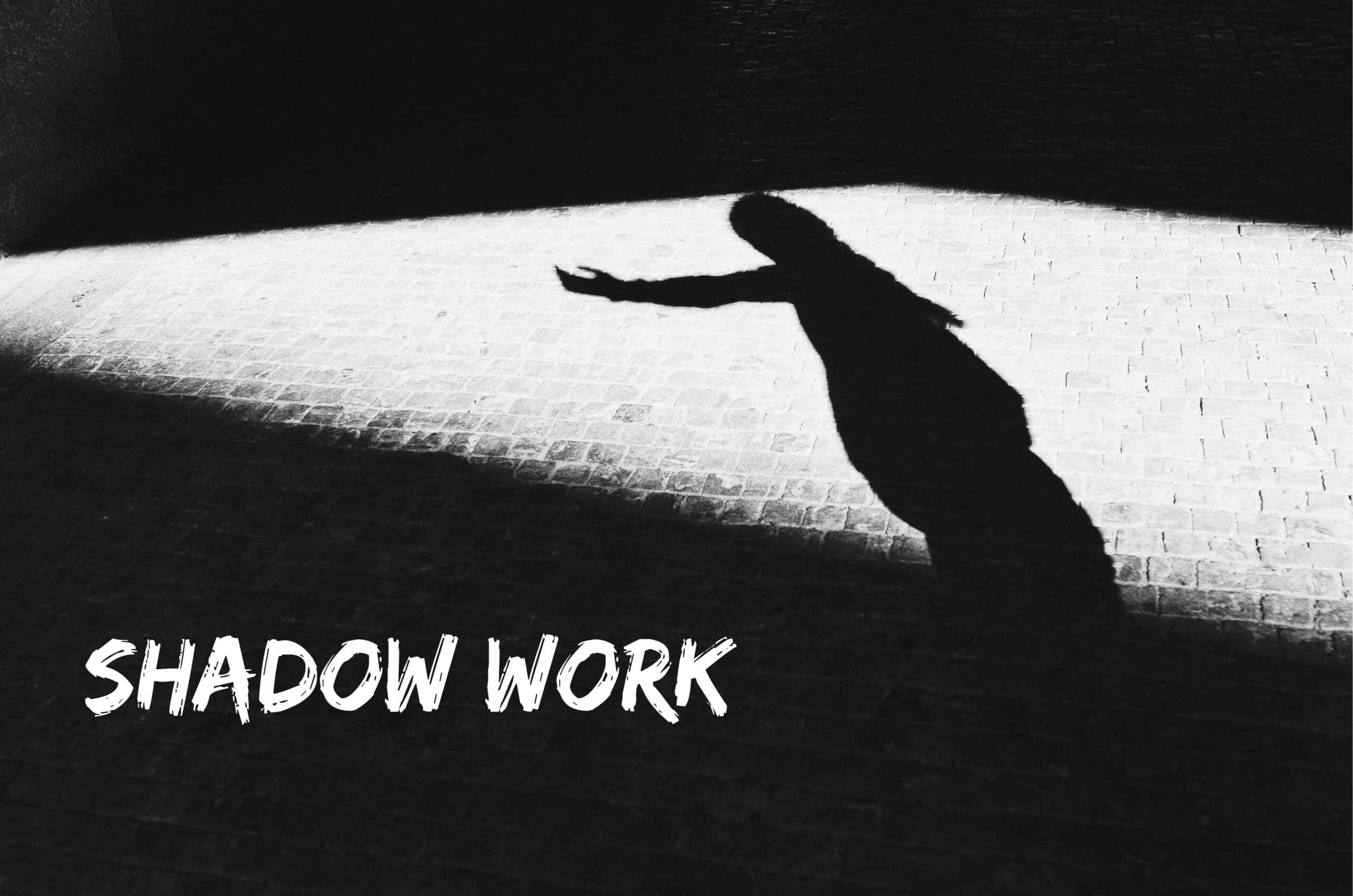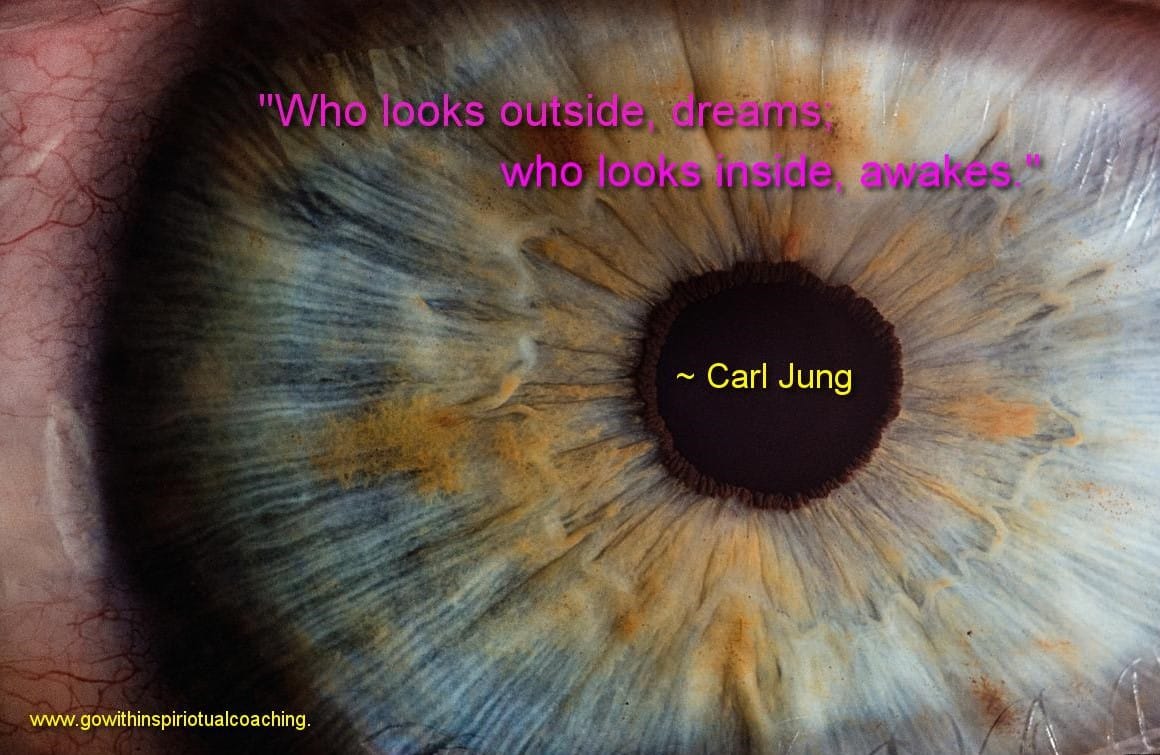
AWAKENING FROM A PROGRAMMED LIFE—PART I
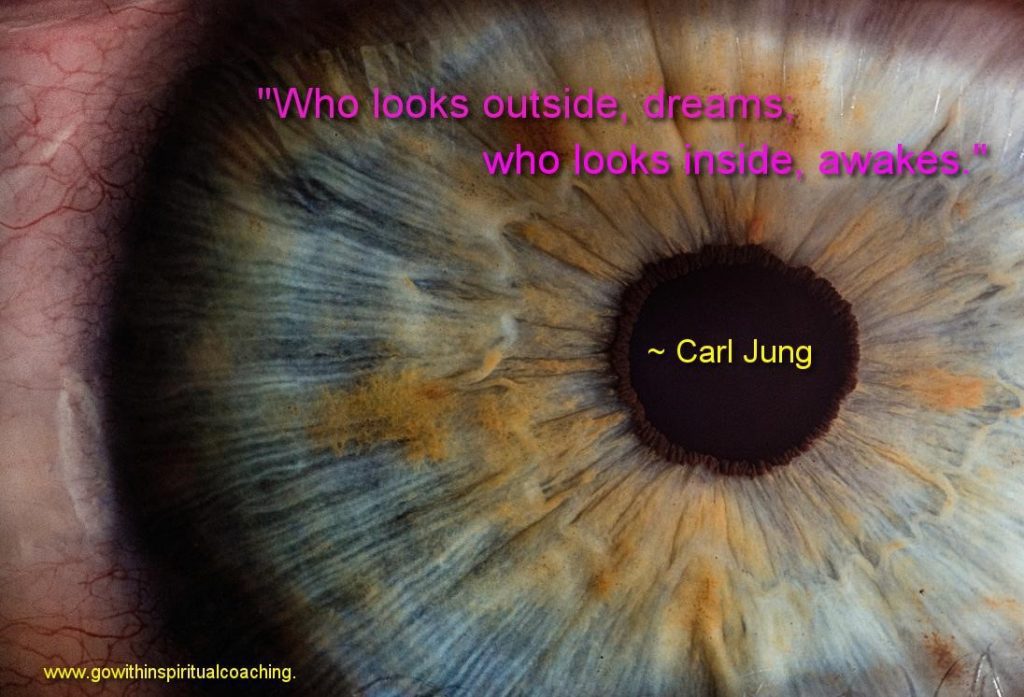
AWAKENING FROM A PROGRAMMED LIFE—PART I
Discovering the Something More
Are you living a life that has meaning and purpose or are you just surviving? Do you go through all the motions yet find something is missing? Maybe you’re gradually becoming aware that the things you are doing aren’t working for you and your present reality reflects that.
In other words, you realize the beliefs you learned and agreed to early on in life are limiting you.
What can you do to change old patterns?
Although unlearning old patterns is a simple process, it’s not easy. As a child, your beliefs are shaped by your family, schooling, religion, and culture, and because you have nothing to compare them with you accept them as true. The more examples you were shown of something, the more it became reinforced in your mind and the stronger it became.
Your belief becomes your truth.
Each belief of how you should think, behave, and see things, had been downloaded into your psyche, leaving you with an energetic imprint on the world behind your eye where there is a parallel reality—the unseen world. These are the dynamic structures that create truth in your outer world.
Where to start?
Since the two worlds coexist, meaning one cannot exist without the other, the beliefs that no longer serve you create a life that is disharmonious and out of balance. You need to be clear about your limiting beliefs as you can only change what you acknowledge.
Change and growth are inevitable, and the more we align ourselves with this truth, the easier our lives will be.
Becoming aware
The first step to awakening from your programmed life is to become aware of the authority your ingrained beliefs have on you and what you want to change in your current reality. Ask yourself where you
Words make it real
Play detective and follow your thoughts and emotions to discover the beliefs that are limiting you. The simple act of writing it down keeps it still long enough for you to get a good look at it. Once it’s in front of you, you can determine if it something you want to change.
For example, you want to take an art or photography course, but you believe, “I don’t have enough time.”
Or you know you need to exercise, but you believe, “I have no energy.”
Acknowledge that these are beliefs, not truths!
Truths are universal and have been proven to be true. 
Beliefs, on the other hand, are personal, selective, and changeable. The stories we tell about ourselves, others, and the world come from beliefs.
The source of our values, beliefs, and behaviors
Keep in mind that usually, the concern you are dealing with is not new, but an unresolved one leftover from childhood where you accepted the points of view from those around you. These points of view created your beliefs of what appears to be true to you—positive or negative. Being told you are lovable and worthy has a positive result while being told your opinion doesn’t matter has an adverse one.
These beliefs become your truth because you look for and find evidence to support it.
The beliefs we hold and live by, define our values, and it’s our values that govern the way we behave, communicate and interact with others.
Awakening from a programmed life is about examining and transforming the energy of our beliefs so that they create positive and life-affirming values that result in behavioral changes impacting life physically, emotionally, mentally, and spiritually.
AWAKENING FROM A PROGRAMMED LIFE – PART II will provide the steps you can take to begin changing your beliefs from limiting ones to those that empower you.
YOU ARE ENOUGH!

